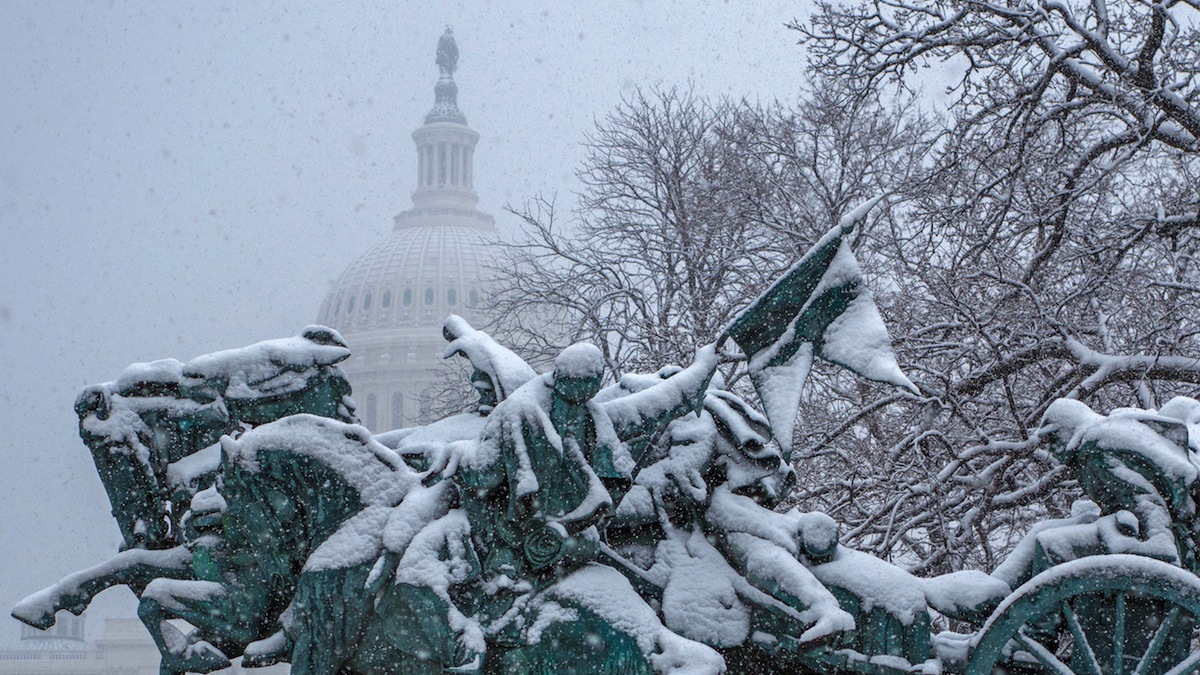
Much of Interstate 10 was closed to east and west traffic, as well as others to and from inland areas. Preparations and impact Gulf Coast įreezing rain and sleet were recorded in coastal cities including Houston in southeast Texas, New Orleans in southeast Louisiana, Mobile in the Alabama panhandle, and Pensacola and Tallahassee in the Florida panhandle. On January 31, the weakened winter storm was absorbed into the circulation of another more powerful extratropical cyclone over the North Atlantic, while situated off the coast of South Carolina. ĭespite the unusually far southward incursion of cold air, the storm took a somewhat more northward track than initially expected, much to the relief of some areas that were spared, and much to the surprise of others further north that had not paid attention to later changes in weather forecasts and corresponding winter storm warnings.

The cold wave traveled much further south than normal, such that when the precipitation arrived from the Gulf Coast winter storm, freezing temperatures were occurring all of the way down to the coast. The breakdown of the normal polar vortex around the North Pole allowed an outbreak of frigid Arctic air to penetrate well into the South. As with most major winter storms in the American South, a low-pressure system formed near the western Gulf of Mexico, in this case, over Mexico on January 27, and eventually moved eastward.


 0 kommentar(er)
0 kommentar(er)
